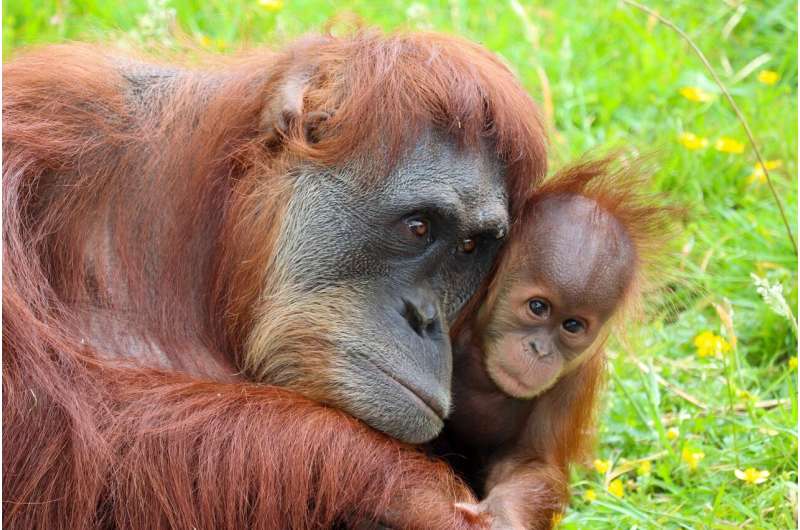This article has been reviewed according to Science X's editorial process and policies. Editors have highlighted the following attributes while ensuring the content's credibility:
fact-checked
peer-reviewed publication
trusted source
proofread
New tool monitors Wikipedia page views to aid wildlife conservation efforts

Researchers have developed a new tool that tracks the monthly changes in Wikipedia page views for thousands of species. The Species Awareness Index (SAI) is designed to provide a real-time measure of changing interest in biodiversity that can help conservation organizations and science communicators develop effective strategies for protecting wildlife. The study, "Achieving a real-time online monitoring system for conservation culturomics," was published in the journal Conservation Biology.
The SAI looks at the monthly change in average daily page views for around 40,000 species across 10 of the most popular Wikipedia languages, including reptiles, ray-finned fishes, mammals, birds, insects, and amphibians. It measures the rate of change in page views for a species rather than overall page views, so that highly viewed species do not skew the results.
The SAI was heavily inspired by the Living Planet Index (LPI), which tracks changes in vertebrate population size over time. Like the LPI, the SAI collects data from a range of sources to identifies trends. Researchers hope to develop the index further with more funding to apply the tool to more species worldwide and to incorporate data from multiple online sources such as social media platforms.
Dr. Joseph Millard, data scientist and computational ecologist at the Museum and co-author of the study, said that real-time tracking of online interest in biodiversity could help organizations and various other environmental stakeholders make quick and informed decisions.
"You can't do this if the data is static. If the data only goes up to 2020, conservation organizations can't really do anything with that because it's already out of date."
Dr. Robin Freeman, co-author and head of the Indicators and Assessment Unit at ZSL said, "We're excited to present this much-needed tool to understand which species we're paying attention to and which we aren't, in real-time. It's critical that we better understanding our relationship with nature and work to increase awareness of nature, species and the biodiversity crisis we're facing."
The SAI can also help scientists better understand how interest in nature may changes over time, how viral videos on wildlife and animals influence public perception, or how significant world events such as the COVID-19 pandemic may affect biodiversity interest. This type of monitoring has also helped to gather information on wildlife-associated recreational activities, such as ecotourism, and has revealed online patterns of the wildlife trade that can help develop targeted strategies for conservation.
The SAI is an important tool for monitoring changes in how people view the natural world and could prove invaluable in gaining support for tackling the biodiversity crisis.
More information: Thomas Frederick Johnson et al, Achieving a real‐time online monitoring system for conservation culturomics, Conservation Biology (2023). DOI: 10.1111/cobi.14096
Journal information: Conservation Biology
Provided by Natural History Museum
This story is republished courtesy of Natural History Museum. Read the original story here.


















